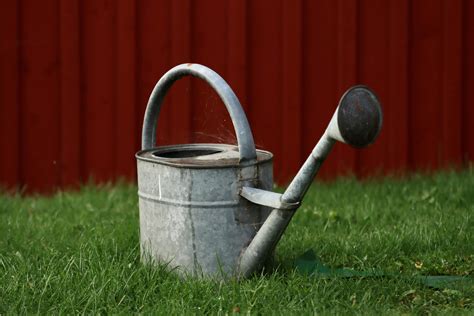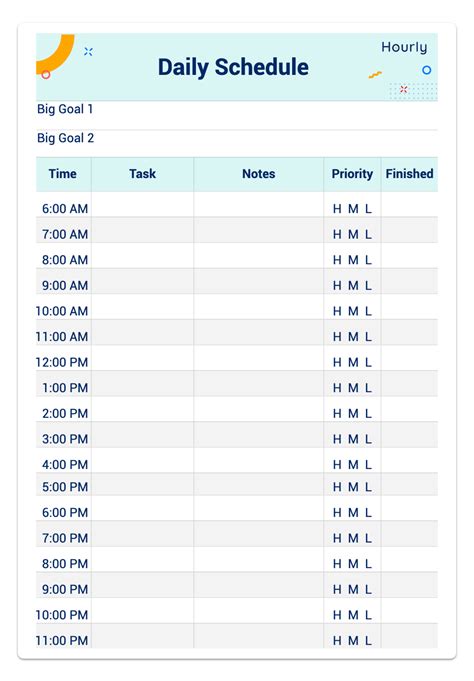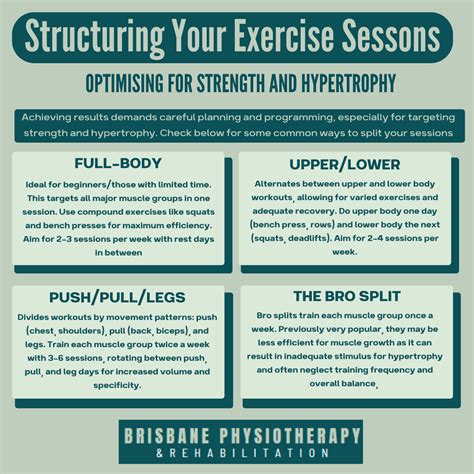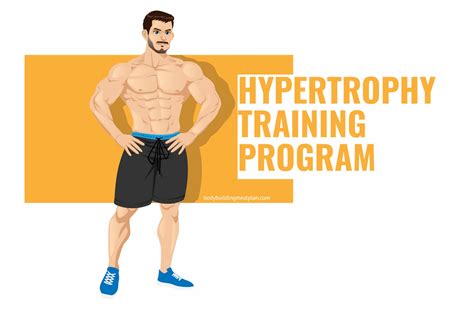How to crush strength plateaus for peak muscle gains and elite performance?

Understanding the Strength Plateau: The Invisible Wall
Every dedicated lifter eventually faces it: the dreaded strength plateau. That moment when your progress grinds to a halt, the weights feel heavier, and your previous personal bests seem like a distant memory. This isn’t a sign of failure; it’s a natural part of the adaptation process. Your body, being incredibly efficient, adapts to the demands you place on it. Once it’s adapted, simply repeating the same stimulus won’t yield further results. To continue growing stronger and building more muscle, you need to strategically disrupt this stagnation.
Ignoring a plateau can lead to frustration, overtraining, and even injury. Recognizing it for what it is—a signal that it’s time to change your approach—is the first step toward breaking through.

Identifying the Root Causes of Stagnation
Before you can crush a plateau, you need to understand why it’s happening. Common culprits include:
- Insufficient Progressive Overload: You’re not consistently increasing the demand on your muscles (weight, reps, sets, time under tension).
- Overtraining/Under-recovering: Too much intensity or volume without adequate rest, sleep, or nutrition can hinder recovery and adaptation.
- Poor Nutrition: Not enough calories, protein, or micronutrients to support muscle repair, growth, and energy levels.
- Lack of Variation: Doing the same exercises, sets, and reps week after week allows your body to fully adapt, reducing further gains.
- Weak Links: A specific muscle group or stabilizer might be limiting your overall strength on compound movements.
- Poor Technique: Inefficient form can prevent you from lifting heavier or engaging the target muscles effectively.
- Mental Fatigue: Lack of motivation or belief can significantly impact performance.
Strategic Approaches to Shatter Plateaus
1. Implement Smart Progressive Overload
Progressive overload isn’t just about adding more weight. It encompasses various methods to increase the demand:
- Increase Weight: The most obvious, but not the only way.
- Increase Reps: Do more reps with the same weight.
- Increase Sets: Add an extra set.
- Decrease Rest Times: Perform the same work in less time.
- Increase Time Under Tension (TUT): Slow down the eccentric (lowering) phase of a lift.
- Improve Form: Lift the same weight with better, stricter form, making it harder.
- Increase Frequency: Train a muscle group more often.
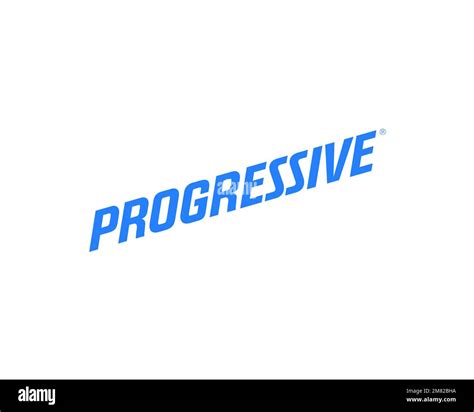
2. Periodization and Program Variation
Don’t do the same thing forever. Cycle through different training phases:
- Linear Periodization: Gradually increase intensity while decreasing volume over time.
- Undulating Periodization: Vary intensity and volume within the same week (e.g., heavy day, moderate day, light day).
- Block Periodization: Focus on specific goals (e.g., hypertrophy block, strength block, power block).
- Exercise Variation: Swap out similar exercises (e.g., barbell bench press for dumbbell bench press, or back squats for front squats) to challenge muscles in new ways.
3. Optimize Recovery: The Unsung Hero
Muscles grow stronger outside the gym. Neglecting recovery is a primary plateau cause.
- Sleep: Aim for 7-9 hours of quality sleep per night. This is when muscle repair and hormone production are optimized.
- Nutrition: Ensure adequate protein intake (1.6-2.2g per kg body weight), sufficient calories for your goals, and a wide array of micronutrients from whole foods. Hydration is also key.
- Deload Weeks: Every 4-8 weeks, strategically reduce your training volume and intensity (e.g., 50-60% of your usual weight/reps) for a week. This allows your body to fully recover and resensitize to training, often leading to new PRs afterward.
- Active Recovery: Light cardio, stretching, foam rolling, or yoga can aid blood flow and reduce soreness.

4. Address Weak Links and Technique
- Identify Weaknesses: If your squat is stalling, perhaps your core, glutes, or upper back are the limiting factor. Incorporate specific accessory exercises to strengthen these areas.
- Film Yourself: Review your lifting technique. Small form breakdowns can lead to inefficient lifting, higher injury risk, and stalled progress. Consider hiring a coach for a few sessions.
5. Mental Fortitude and Goal Setting
Sometimes, the plateau is as much mental as it is physical. Reassess your goals, visualize success, and stay consistent. Celebrate small victories and remember why you started. A fresh mindset can often unlock new physical potential.

Putting It All Together for Peak Performance
Crushing strength plateaus requires a holistic and adaptable approach. It’s rarely one single fix but rather a combination of smart training adjustments, meticulous attention to recovery, and unwavering mental grit. Keep a detailed training log to track progress and identify patterns. Be patient, be consistent, and don’t be afraid to experiment with different strategies until you find what reignites your progress. By systematically addressing these elements, you’ll not only break through your current limits but also pave the way for continuous muscle gains and truly elite performance.




